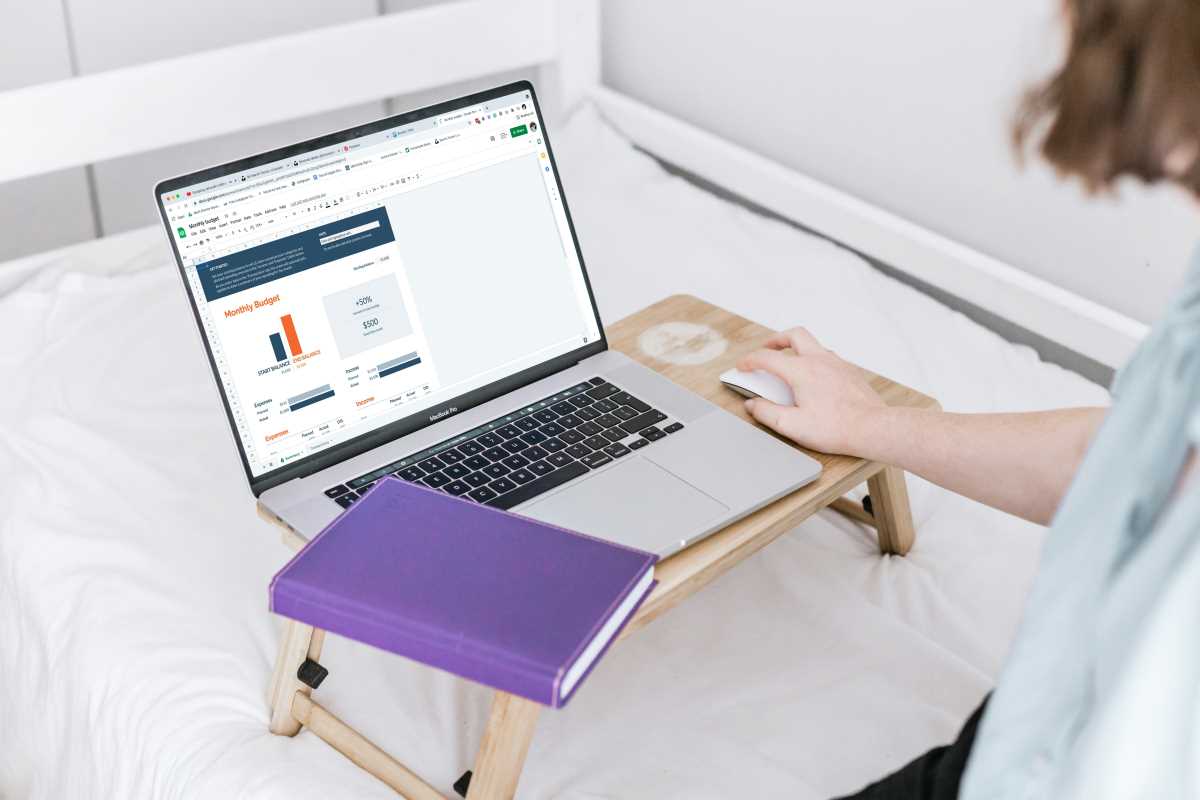The shift to remote work was, for many, a dream come true. It promised an end to grueling commutes, a more flexible schedule, and the freedom to work from the comfort of home. This new way of working offered a tantalizing glimpse of a better work-life balance. However, as the initial novelty wore off, a different reality began to set in for many. The very lines that were supposed to blur for our convenience became so faint they disappeared entirely, leading to a new, insidious form of exhaustion: remote work burnout.
This type of burnout is unique. It’s a quiet, creeping fatigue born from the paradox of being constantly connected yet deeply isolated. The physical office provided natural boundaries, a commute to decompress, a closing door at the end of the day. At home, your office is your living room, your kitchen, your bedroom. The workday bleeds into personal time, notifications ping at all hours, and the pressure to be perpetually available can become immense. Preventing this modern-day burnout isn't about working less; it’s about working smarter and, more importantly, building intentional boundaries to protect your mental and emotional well-being.
The Art of Creating Physical and Digital Boundaries
When your home becomes your office, the physical cues that signal the start and end of the workday vanish. This lack of separation is a primary driver of remote burnout. Your brain no longer has a clear distinction between "work mode" and "home mode," which can lead to a feeling of being perpetually on the clock. The solution is to consciously and deliberately recreate these boundaries. This starts with designating a specific workspace, even if it’s just a corner of a room. This space should, as much as possible, be for work and work only.
This boundary-setting must also extend to your digital life. The "always on" culture is a fast track to exhaustion. This means turning off work notifications on your phone after hours, closing your work tabs at the end of the day, and resisting the urge to check your email "just one more time" before bed. It can be helpful to have separate user profiles on your computer, one for work and one for personal use—to create a digital wall. These small, intentional acts send a powerful signal to your brain that the workday is over, allowing you to truly disconnect and recharge.
Redefining Productivity and The Workday
In a traditional office, being "productive" is often associated with being visibly busy. We equate hours spent at a desk with work accomplished. Remote work shatters this illusion and forces a much-needed re-evaluation of what productivity actually means. It’s not about the number of hours you're online; it's about the quality of your output. Resisting the temptation of "productivity guilt", the feeling that you should always be doing more, is critical for avoiding burnout. Your worth is not measured by your Slack status light.
To combat this, it's essential to structure your day for focused work, not just for being present. Embrace time-blocking techniques, where you dedicate specific chunks of time to specific tasks and, crucially, schedule breaks. A traditional eight-hour workday was designed around a different set of principles. In a remote setting, you might find you can accomplish more in shorter, more intense bursts of focused work. Give yourself permission to step away from the screen. Take a real lunch break, go for a walk, or simply do something non-work-related for 15 minutes. These moments of disconnection are not lazy; they are essential for maintaining cognitive performance and preventing mental fatigue.
Practical Strategies to Protect Your Well-being
Preventing burnout requires an active, intentional approach to self-care and work-life management. It’s about building a sustainable routine that prioritizes your mental health just as much as your professional responsibilities. Small, consistent habits are more powerful than occasional grand gestures. Integrating these strategies into your daily and weekly routine can create a strong defense against the slow creep of exhaustion.
Building a resilient remote work life involves being proactive. Here are some actionable tips you can implement to create boundaries, foster connection, and maintain your well-being:
- Create a "Commute" Ritual: Since you no longer have a physical commute, create a ritual to bookend your workday. This could be a 15-minute walk before you start work and another one after you log off. This creates a psychological transition into and out of "work mode."
- Schedule Your "Off" Time: Just as you schedule meetings, block out personal time in your calendar for exercise, hobbies, or family. Treat these appointments with the same importance as a work commitment.
- Be Clear About Your Availability: Set clear expectations with your team about your working hours. Use your calendar and status messages to signal when you are available, when you are in a focused work session, and when you are offline.
- Optimize Your Workspace: Invest in an ergonomic chair and set up your workspace for comfort. Ensure you have good lighting and minimize clutter. A comfortable and organized space can reduce physical and mental stress.
- Take Your Vacation Days: Remote work can make it feel like you don't need a vacation, but time off is more important than ever. Completely disconnect from work, no emails, no pings, to allow for a full mental reset.
- Use a "Done for the Day" List: At the end of each workday, write down what you accomplished and create a short to-do list for the next day. This provides a sense of closure and prevents work thoughts from intruding on your evening.
- Practice Digital Minimalism: Unsubscribe from unnecessary newsletters, turn off non-essential notifications, and curate your digital environment to be less distracting and overwhelming.
Combatting the Isolation of Remote Work
Humans are social creatures. The office environment, for all its flaws, provided a built-in social structure. Spontaneous conversations by the coffee machine, team lunches, and casual check-ins were a natural part of the day. Remote work can be incredibly isolating, and this lack of regular, informal social interaction can take a serious toll on mental health. Loneliness and disconnection are significant contributors to burnout. It's crucial to be proactive in seeking out and nurturing social connections.
This means being intentional about communication with your colleagues. Don't let every interaction be purely transactional and work-related. Schedule virtual coffee chats with no agenda other than to catch up. Use video calls instead of email when appropriate to have a more personal, face-to-face interaction. Outside of work, make a concerted effort to schedule social activities. Plan to meet friends for dinner, join a local club or sports team, or volunteer in your community. These activities provide a vital counterbalance to the solitude of a home office.
The Importance of Passion and Purpose
One of the most insidious aspects of burnout is a feeling of detachment and cynicism toward your work. It’s a loss of the "why." When work becomes an endless series of tasks and virtual meetings, it's easy to lose sight of the bigger picture and the purpose that once motivated you. Reconnecting with your professional passion is a powerful antidote to burnout. It involves stepping back from the daily grind to remember what you enjoy about your job and your industry.
Take time for professional development that genuinely interests you, not just what's required. This could be taking an online course, attending a virtual conference, or working on a passion project related to your field. Seek out opportunities to mentor others or to be mentored, which can provide a fresh perspective and a renewed sense of purpose. Remind yourself of the impact of your work, no matter how small it may seem. When you feel connected to a larger purpose, the daily challenges of remote work become more manageable, and your professional life feels less like a source of exhaustion and more like a source of fulfillment.







